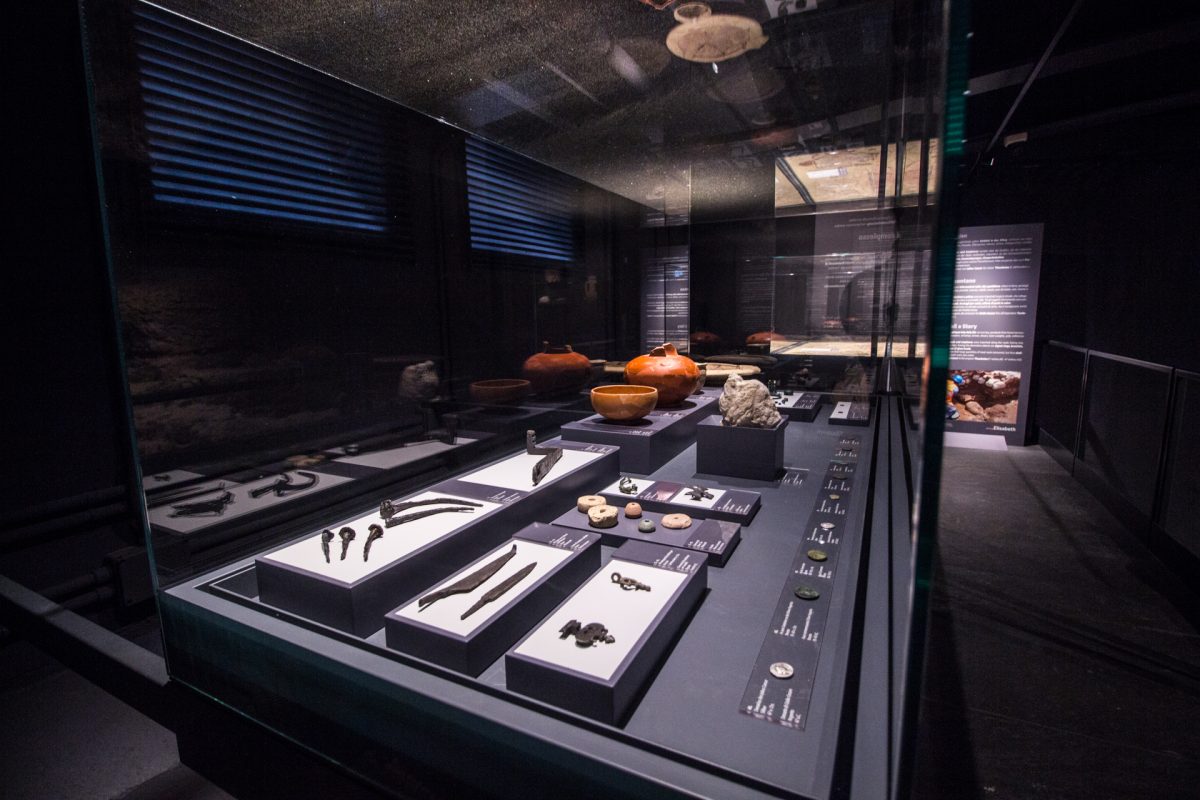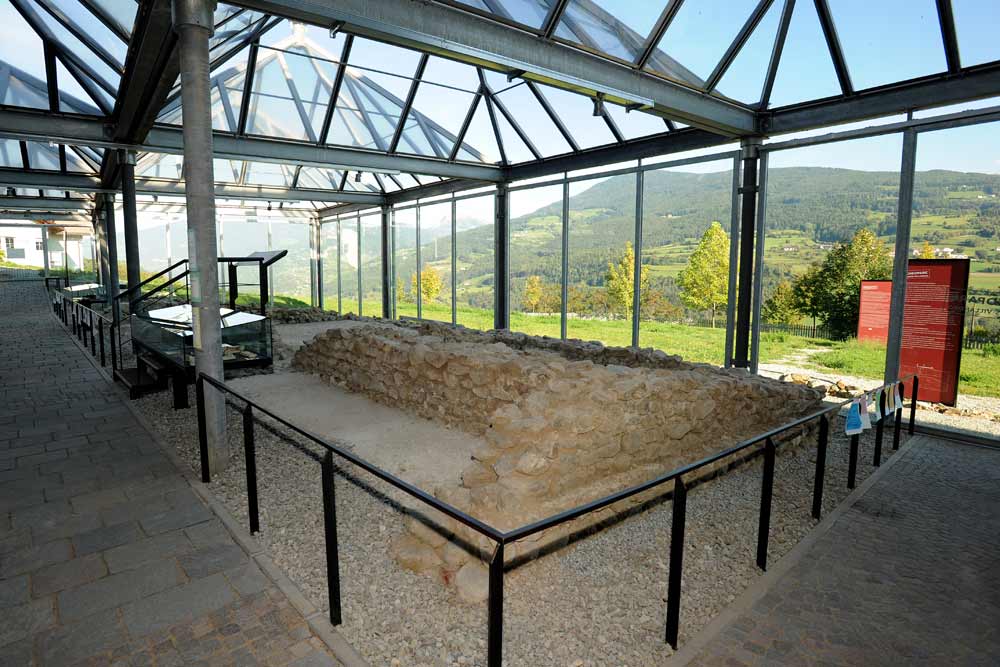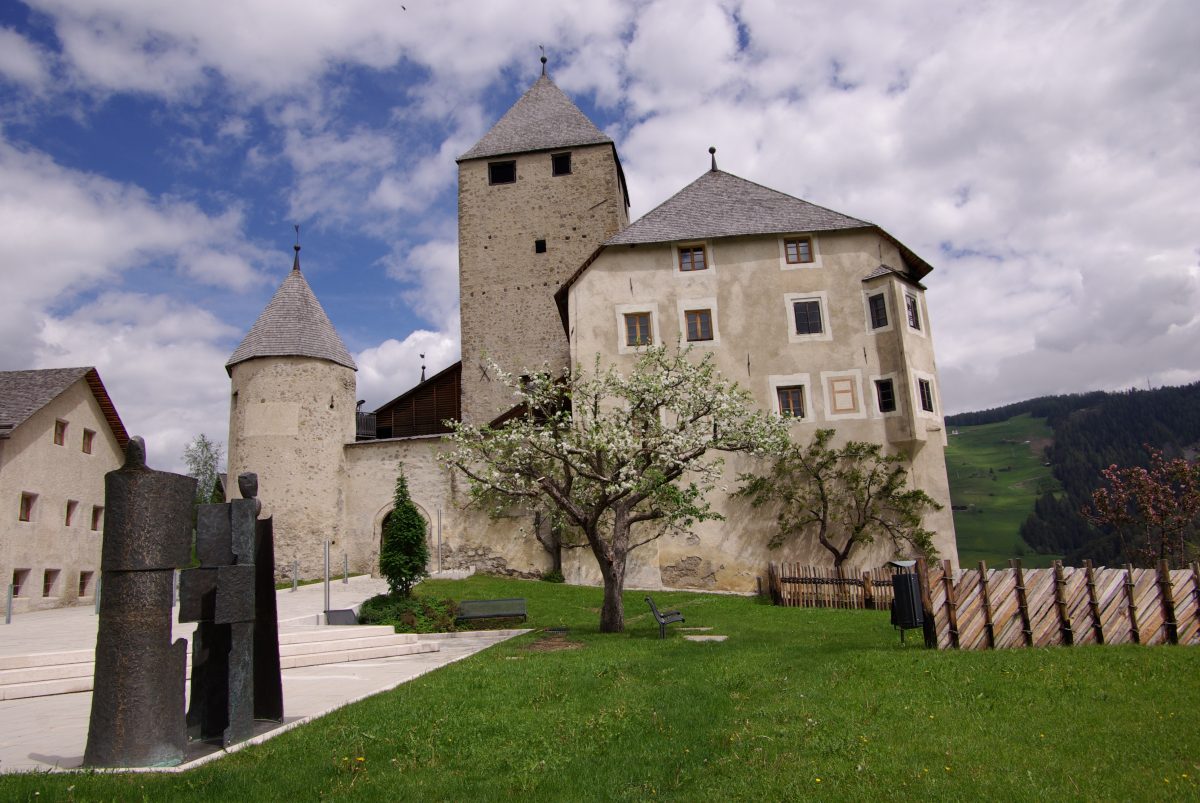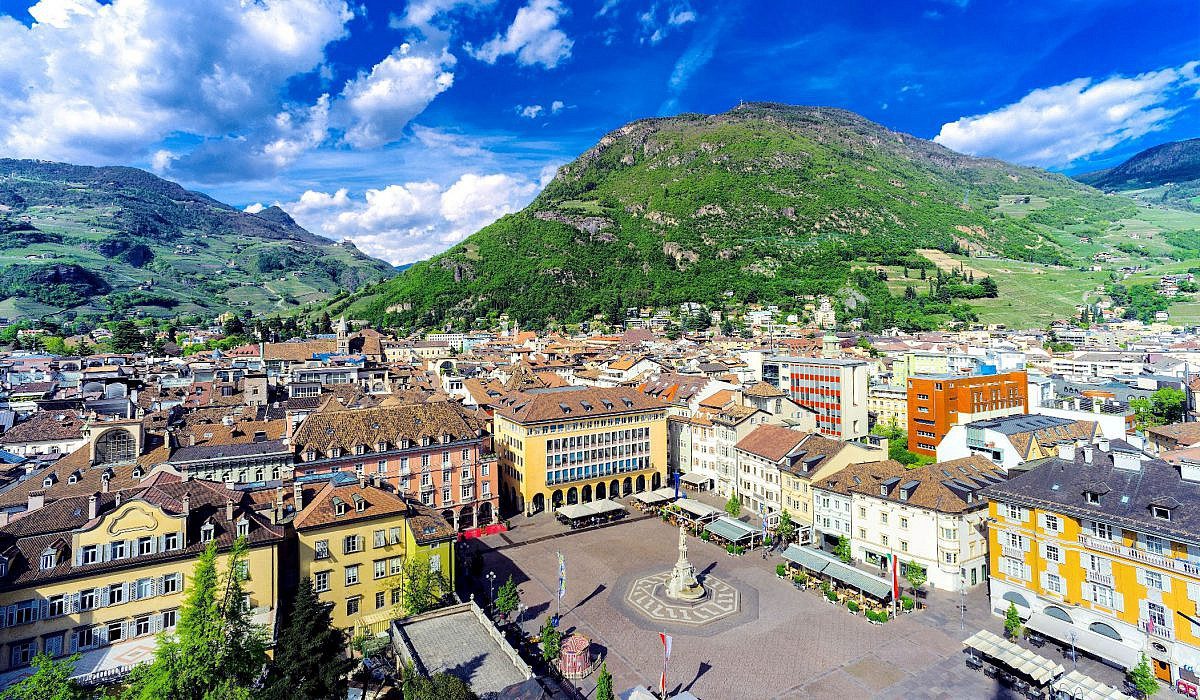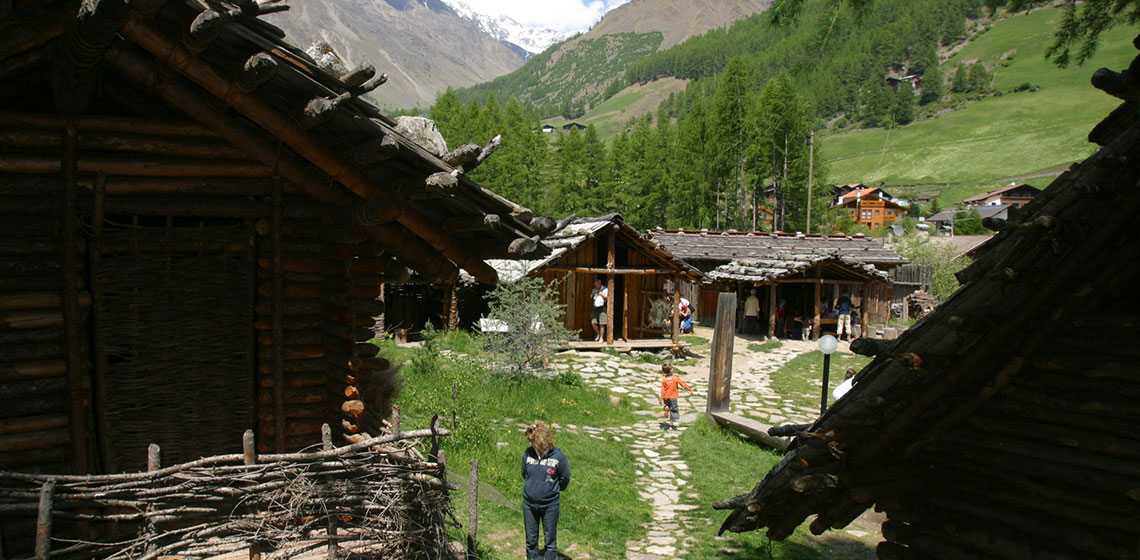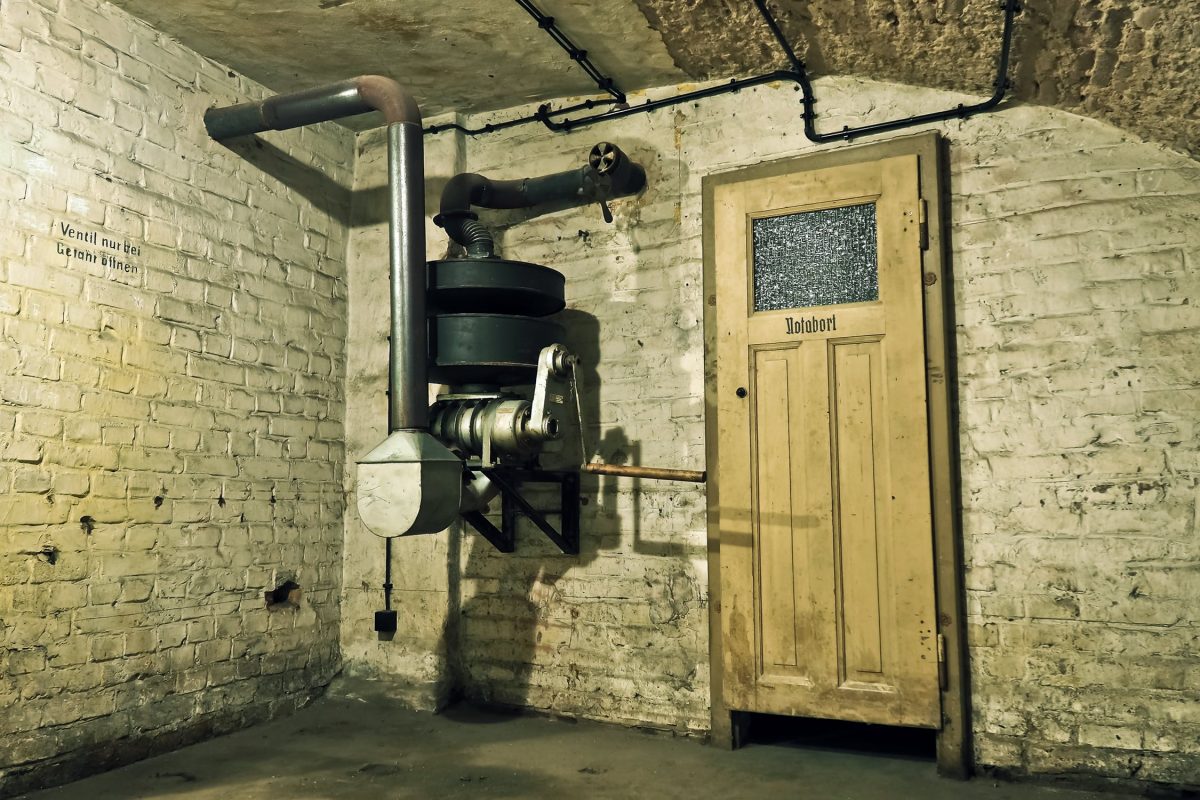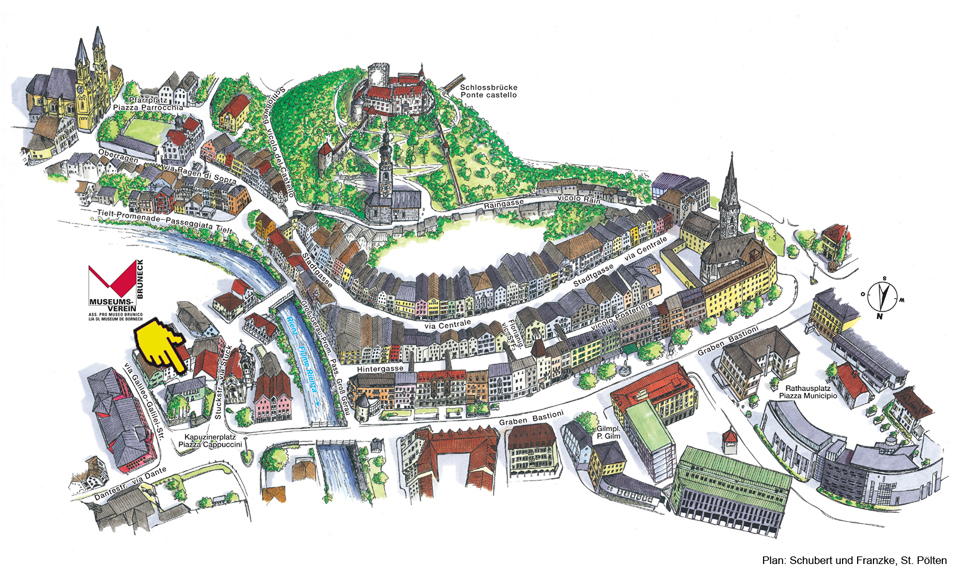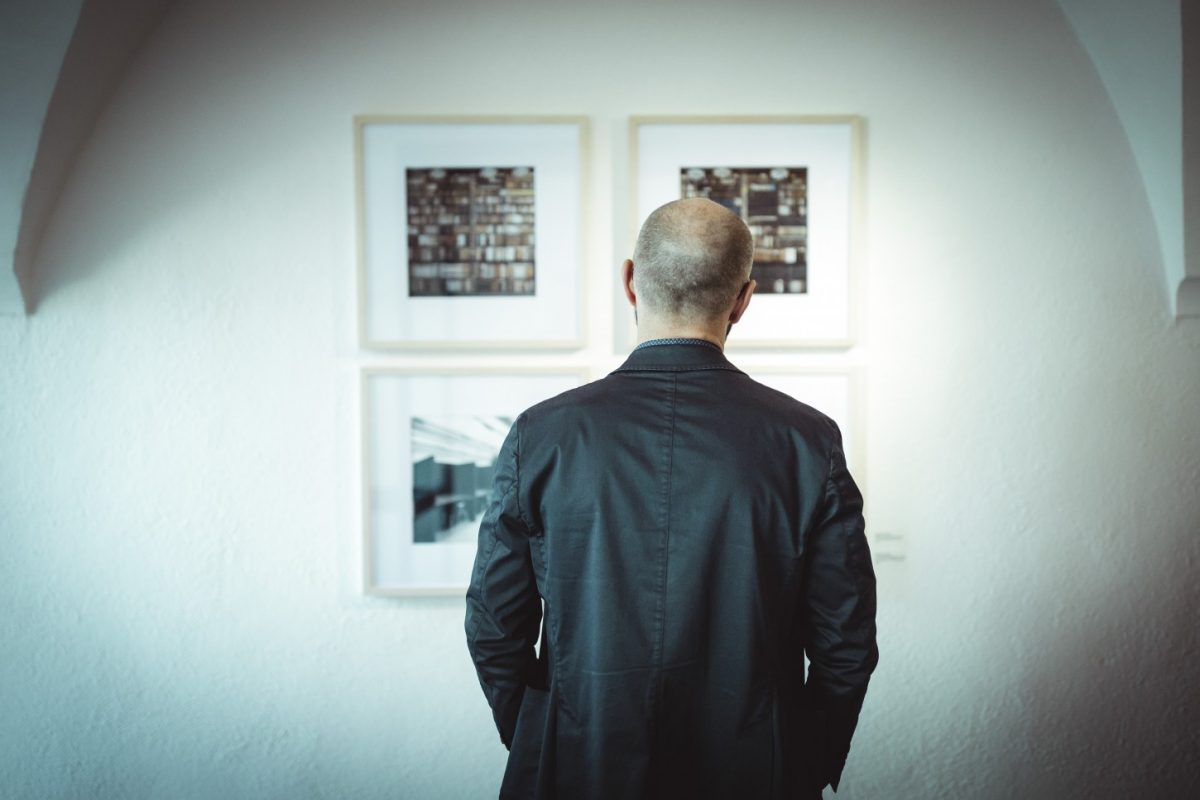How to reach the Museum Ladin Ursus ladinicus
This museum in San Cassiano in the Alta Badia, a branch of the Museum Ladin Ćiastel de Tor, is dedicated to the cave bear.
In the charming village of San Cassiano, (St. Kassian, 1,537 m a.s.l.), part of the municipality of Badia (Abtei), there is the Museum Ladin Ursus ladinicus that is dedicated to the eponymous cave bear. This exhibition is a branch of the Museum Ladin, located in Badia Castle (Ćiastel de Tor) in San Martino in Badia, about 18 km away. The Museum Ladin is one of the 10 Provincial Museums of South Tyrol, an entity that also comprises other museums such as the Fortezza Fortress or the South Tyrolean Wine Museum in Caldaro.
In autumn 1987 Willy Costamoling from Corvara made an astonishing find underneath Mt. Conturines at about 2,800 m a.s.l. In a cave he discovered a huge amount of bones of a cave bear dated from the interglacial period about 40,000 years ago. In the years to follow, this grotto was systematically explored and examined by a team of the University of Vienna, under Prof. Gernot Rabeder. The results are highly astonishing: this cave bear belongs to a new species that has never been described before. Basing on the place of discovery in the Ladin speaking area, it has been named Ursus ladinicus. Also bones of a cave lion were laid open. This place of discovery is presumed to be the highest-located with regards to cave bears and cave lions.
Finally in 2011, an exhibition comprising three floors was dedicated to the bear species. The basement shows a replication of the Conturines cave with reproduction of the Ursus ladinicus. On the ground floor, there is the museum shop and the ticket desk, while the first floor is dedicated to the history of origin of the Dolomites. This is where you can admire the most important fossils discovered in San Cassiano and surroundings. The connection between Dolomites and cave bear in one museum is reasoned, as the excavated bones reveal important information about the climate in the Dolomites in the prehistoric period. And how to reach the Museum Ladin Ursus ladinicus? It can be found in the village centre of San Cassiano, a parking space (subject to charge) is located nearby. The bus line 465 runs between La Villa and San Cassiano.
Summer opening hours:
from May 1 to October 31, 2019
May 1 – June 30, 2019:
from Tuesday to Saturday from 10 am to 5 pm
Sundays from 2 pm to 6 pm
July 1 – Aug 31, 2019:
from Monday to Saturday from 10 am to 6 pm
Sundays from 2 pm to 6 pm
Sept 1 – Oct 31, 2019:
from Tuesday to Saturday from 10 am to 5 pm
Sundays from 2 pm to 6 pm
Winter opening hours:
from December 26, 2019, to March 31, 2020
Dec 26 – Jan 6, 2020:
daily from 3 to 7 pm
Jan 7 – March 31, 2020:
from Thursday to Sunday from 3 to 7 pm
Entry fees:
| Adults |
8,00 € |
| Children under 6 years |
free entry |
| Students |
6,50 € |
| Seniors |
6,50 € |
| Family card |
16,00 € |
| Museumcard or museumobil Card |
free |
Contact:
Museum Ladin Ursus ladinicus
Micurà de Rü Straße 26
39030, San Cassiano
+39 0474 524020
